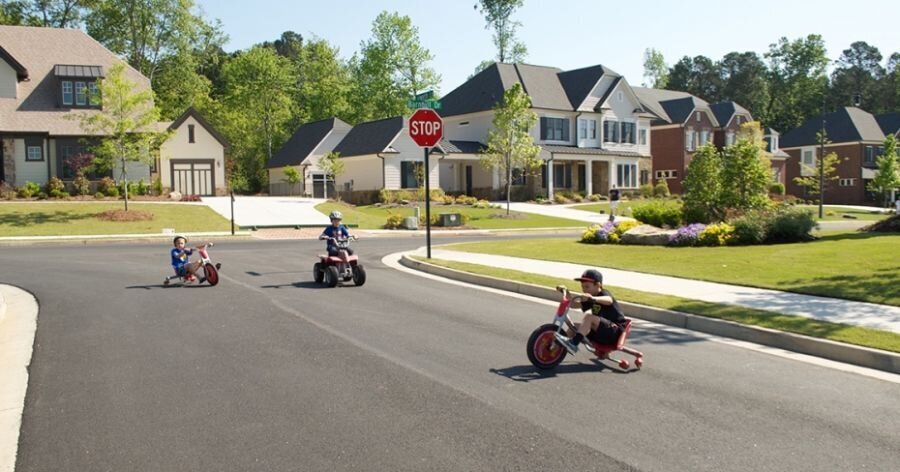Rent vs. buy: Manitoba
By: Kyle Prevost on August 4, 2016
As home prices continue to soar across Canada, Manitoba remains a small island of affordability. When speaking about “Manitoba’s housing market,” people are actually referring to “Winnipeg’s housing market”. With over 70% of the province’s population, and at roughly 10 times the size of the second largest Manitoban city (Brandon, MB), Winnipeg dominates the rent and home price statistics for the Keystone province.
While Winnipeg has seen rapid growth relative to historical norms, and was recently highlighted as being overpriced by the Canadian Mortgage and Housing Corporation (CMHC), it’s still much cheaper than comparable urban centres across the country. Manitoba’s rural housing is difficult to speak broadly about due to substantial regional difference across an area that is roughly the size of France. In many of Manitoba’s more quaint rural locales, standard detached bungalows can be purchased for less than $200,000.
Within Winnipeg, local real estate agents have expressed some surprise at the CMHC’s recent warnings of a possible housing correction. Peter Squire, director of public affairs with Winnipeg Realtors told CBC News that, “We're not seeing indicators that show Winnipeg's got any real weaknesses when you go across the different indices we look at.”
Squire went on to point that home sales were equal to last year, while condo sales were down 17%. The average price of a single-family home has seen some softening over the last couple of years from a high of $297,000 in 2014, to $294,000 as of last year, while condominiums have seen a slight dip from $240,000 to $239,000. This levelling off comes after years of surprising growth in a historically quiet market.
Cottage country
When looking at Manitoba real estate, an important niche market is the lakefront property/cottage scene. In the land of 100,000 lakes and long winters, it isn’t surprising that many Manitobans own a second property in order to get the most out of their summer season. Again, one must remember that given the large geographic region of the province, when referring to “Manitoba cottages” prices can vary widely from region to region. As a general rule of thumb, the closer a property is to Winnipeg the more expensive it is. Lakefront properties within a 90-minute drive of the major urban area come in at an average of $300,000. If you’re willing to drive a bit further and take a little walk to get to the water, there are some beautiful properties available for under $100,000.
Rental realities in Manitoba
Manitoba might be one of the few places left in Canada where traditional metrics still indicate becoming a landlord is profitable. With average rental rates for a two-bedroom house or condo hovering around $1,200 mark after seeing substantial increases over the past few years, and a rental vacancy rate of less than 3%, Manitoba’s rental market makes an attractive investment opportunity.
Some real estate professionals are careful to point out the highly regulated rental market is one reason more landlords are not keen in doing business in the province. The flip side of this supply and demand curve is that Winnipeg (and broader Manitoba) remains one of the few places where a case can be made that purchasing a house at modern prices is still a good value as measured by conventional metrics. Of course, many real estate investors are quick to call attention to the fact that home prices have been rising steadily for several years now despite calls for the housing bubble to burst.
Bottom line: renting or buying in Manitoba
Before making the rent vs buy decision for your specific situation, keep in mind that renting isn’t “throwing your money away”, as many Canadians have been taught. Canadian personal finance expert Preet Banerjee outlined the options in a video not too long ago.
For many young Canadians it’s important to remember that owning a home may require you to give up a certain degree of career flexibility. Also, there is no rush to buy after years of housing increases have left many markets susceptible to a pull back. Another key consideration for many is commute time and downtown amenities.
While Winnipeg’s suburbs and rural locations certainly offer large homes with room for growing families, most employment and entertainment opportunities take place much closer to the urban core. Balancing out these lifestyle choices with your desire to own the roof over your head will be key to your future happiness.


